Things I’d Never Put in My Washing Machine (And Why You Shouldn’t Either)
Over the years, I’ve seen it all when it comes to laundry disasters. I’m talking about everything from the heartbreak of a ruined cherished garment to the sheer frustration of a washing machine repair that costs hundreds of dollars. Both of these nightmares often start from a simple misunderstanding of what that powerful machine in your laundry room can—and absolutely cannot—handle.
In this article
- First, Why Can’t I Just Wash Everything?
- 1. Anything with Structure: Blazers, Suits, and Padded Items
- 2. Most Footwear (Especially Your Good Running Shoes)
- 3. Things That Can Actually Break Your Machine
- 4. Delicate Natural Fibers (Wool, Cashmere, Silk)
- Oops… I Already Shrunk My Sweater. Is There Any Hope?
- 5. Tiny Items and Things That Tangle
- A Final Cheat Sheet: When in Doubt…
- Inspiration:
A washing machine is an amazing tool, but like any tool, you’ve got to use it correctly to get great results and avoid a total mess. And honestly, laundry is so much more than just separating your lights and darks. The real skill is in understanding how fabrics are built and what’s actually happening inside that spinning drum.
First, Why Can’t I Just Wash Everything?
Before we get into the specifics, let’s quickly peek inside the machine. It’s not just a tub that fills with water; it’s a pretty aggressive environment.

Think about it: the clothes are tumbling and rubbing against each other to scrub out dirt. This is fantastic for tough stuff like bath towels and jeans, but it can easily stretch, distort, or tear more delicate materials. Then comes the spin cycle, which is basically a centrifuge hitting speeds of 1,000 to 1,600 RPM. That incredible force squishes items flat against the drum wall. And finally, you have water and heat, which can cause natural fibers to shrink or melt the glues holding structured items together.
When you understand these forces, you start to see why some things are on the permanent ‘no-fly list’ for the washer.
1. Anything with Structure: Blazers, Suits, and Padded Items
This category is all about things where the shape is just as important as the fabric itself. We’re talking about suit jackets, blazers, and anything with built-in shoulder pads or stiff interfacing.
The main fabric, like wool or polyester, might actually be washable. But the problem is the hidden stuff inside—the guts of the garment. A blazer has layers of canvas or fusible interfacing that give it that crisp, smooth shape. When you soak it, those layers can separate from the outer fabric, creating a bubbly, puckered look that’s impossible to fix. I once had a client bring me a gorgeous tailored blazer they’d run through a ‘gentle’ cycle. The outer fabric was fine, but the lapels felt crunchy and looked lumpy. The heat had warped the internal structure, and the blazer was a total loss.

So, What Do You Do Instead?
For these items, dry cleaning is the standard for a reason. But for in-between cleanings, a good garment steamer is your best friend. You can get a solid one for between $30 and $60 online or at a store like Target. A steamer relaxes wrinkles and gets rid of odors. For dust and lint, a soft-bristled garment brush works wonders.
Quick Tip: Spot-Cleaning a Blazer Spill
If you get a small spill, don’t panic and douse it. Here’s a little pro trick:
- Gently blot the spill with a clean, dry cloth. Don’t rub!
- Mix a tiny, pea-sized drop of gentle soap with cool water.
- Dab the spot with a clean cloth dipped in the soapy water. Work from the outside of the stain inward. Then, use a cloth with plain water to ‘rinse’ the area. Blot dry again.
By the way, this applies to underwire bras, too. A bra is a structured garment! The machine’s tumbling can bend the underwire and, even worse, cause it to poke through and shred your other clothes. It’s always better to hand wash them.
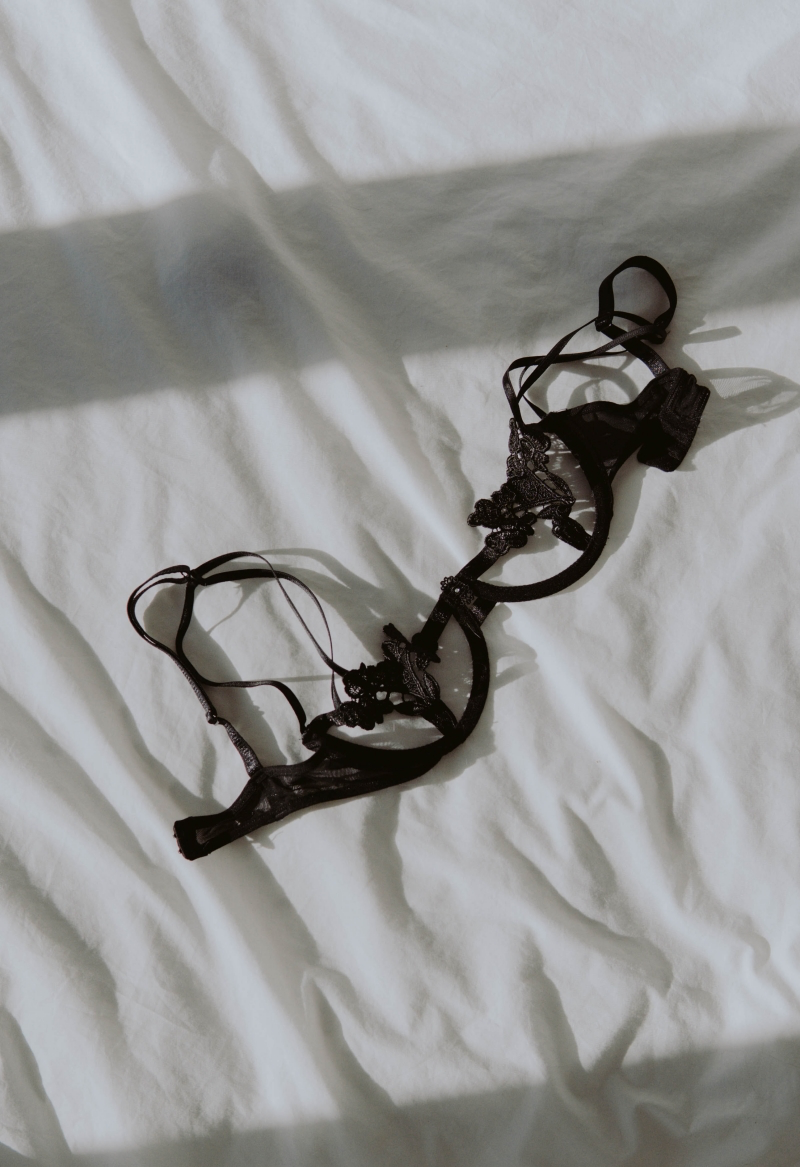
2. Most Footwear (Especially Your Good Running Shoes)
It’s tempting to toss muddy running shoes or hiking boots into the washer, but it’s one of the fastest ways to destroy them. These aren’t just canvas and rubber; they’re pieces of performance equipment.
Modern athletic shoes use specialized EVA foam for cushioning and support. The heat from a wash cycle can literally deform this foam, killing its ability to absorb impact. You might not see the damage, but you’ll feel it on your next run—and your joints will, too. I learned this the hard way myself after a muddy trail run. I threw my expensive stability shoes in the wash. They looked clean, but they felt flat and dead afterward. I basically ‘cooked’ them and cut their useful life in half.
The heat and tumbling can also weaken the adhesives, causing the sole to start peeling away from the upper.
The Right Way to Clean Shoes:
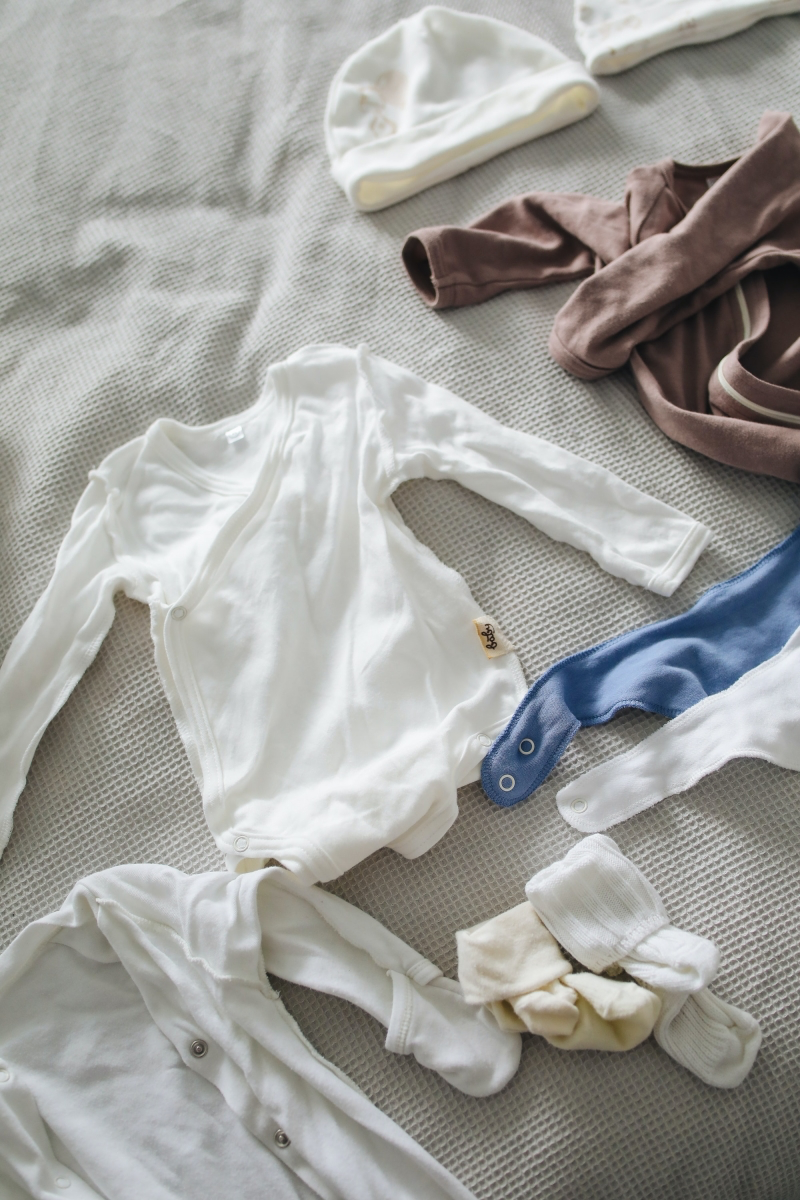
- First, take out the laces and insoles. You can wash those by hand or toss them in a mesh bag in the machine.
- Use a soft brush to get all the dry, caked-on dirt off.
- Mix a little dish soap and warm water, and use a cloth to gently scrub the shoes.
- Wipe them clean with a damp cloth. Never submerge the whole shoe.
- Stuff them with newspaper (it works great!) to absorb moisture and help them keep their shape. Let them air dry away from any direct heat.
Good to know: What about simple canvas sneakers, like classic Vans or Converse? These are generally tougher. You can often get away with washing them in the machine on a cold, gentle cycle. Just be sure to air dry them—NEVER put them in the dryer, as the heat can shrink the canvas and wreck the rubber.
3. Things That Can Actually Break Your Machine
Now we’re talking about items that pose a direct threat to your washing machine. Washing these can lead to a very expensive repair call.

- Loose Coins and Keys: We’ve all done it. But a single coin can get into the drain pump and shatter the plastic impeller, which is the little fan that pushes water out. A service call for that can easily run you $200 or more. Make checking pockets a non-negotiable habit!
- Rubber-Backed Mats: That non-slip rubber backing on bath mats breaks down over time, especially with heat. It gets brittle and flakes off, and those little particles can clog your pump and drain lines. A quick check: If the rubber on the back feels dry, cracked, or sticky to the touch, it’s a definite no-go for the machine.
- Waterproof Gear: This sounds crazy, right? But things like rain jackets or waterproof mattress protectors can trap a huge amount of water. During the spin cycle, this creates a massive, heavy, unbalanced ball of water that can cause the drum to slam violently against the machine’s frame. It can literally look like the washer is exploding. Some new machines have a ‘Waterproof’ cycle with a super slow spin, but if yours doesn’t, wash these items by hand or just wipe them down.

4. Delicate Natural Fibers (Wool, Cashmere, Silk)
This is where so many beloved sweaters meet their doom. Fibers like wool and cashmere are covered in tiny, microscopic scales. When you add water, heat, and agitation, these scales open up and lock together. This is called felting, and it’s what shrinks your beautiful, soft sweater into a stiff, tiny mat. And sorry to say, it’s irreversible.
But what about the ‘Hand Wash’ or ‘Delicates’ cycle? It sounds safe, right? Well… not exactly. While it’s gentler than a normal cycle, it still involves tumbling and a spin cycle that can be way too aggressive for truly delicate wool or silk. The risk of stretching, snagging, or even slight felting is just too high for items you really care about.
The Hand-Washing Method That Actually Works:
Hand washing sounds like a chore, but it’s pretty quick. Plan for about 30-45 minutes of active time, plus drying time.

- Fill a clean sink or basin with cool water.
- Add a small amount of a pH-neutral, gentle detergent. Brands like Woolite or The Laundress are made for this, but in a pinch, a tiny drop of gentle baby shampoo works too!
- Submerge your garment and gently squeeze the suds through it. Let it soak for about 30 minutes. No scrubbing or twisting.
- Drain the soapy water and rinse by repeatedly squeezing clean, cool water through it.
- Gently squeeze out the excess water (never wring!), then lay the garment flat on a thick towel. Roll the towel up like a burrito, pressing firmly to absorb more water.
- Unroll and lay the garment flat on a dry towel or a mesh drying rack, reshaping it as you go.
Heads up! A little hand-washing kit makes this super easy. All you need is a wash basin (around $5), a good wool & silk soap (about $15), and a mesh drying rack ($20). It’s a small investment to keep your nice things looking nice.
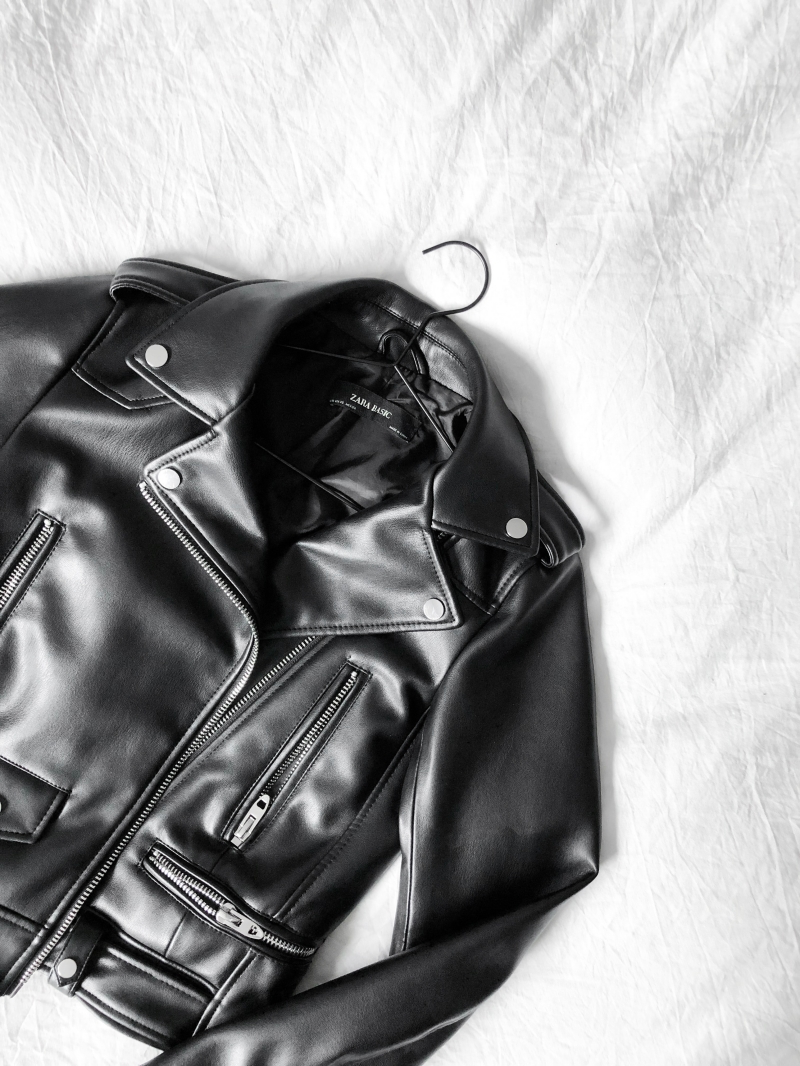
Oops… I Already Shrunk My Sweater. Is There Any Hope?
Okay, so it happened. We’ve all been there. While you can’t truly ‘un-shrink’ a badly felted garment, there is a last-ditch effort you can try for mildly shrunken wool or cashmere. It’s not a guarantee, but it’s worth a shot.
Fill a sink with lukewarm water and add a generous squirt of cheap hair conditioner. Let the sweater soak for about 30 minutes. The conditioner can help relax the fibers a bit. Then, gently squeeze out the water (don’t rinse!), lay it on a towel, and very, very gently stretch it back into shape as it dries. Again, manage your expectations, but sometimes you can get an inch or two back!
5. Tiny Items and Things That Tangle
Go on, admit it. How many single baby socks has your machine eaten? Small things like socks, shoelaces, or reusable cotton pads can easily get forced over the drum and sucked down into the drain filter or pump, causing a clog.
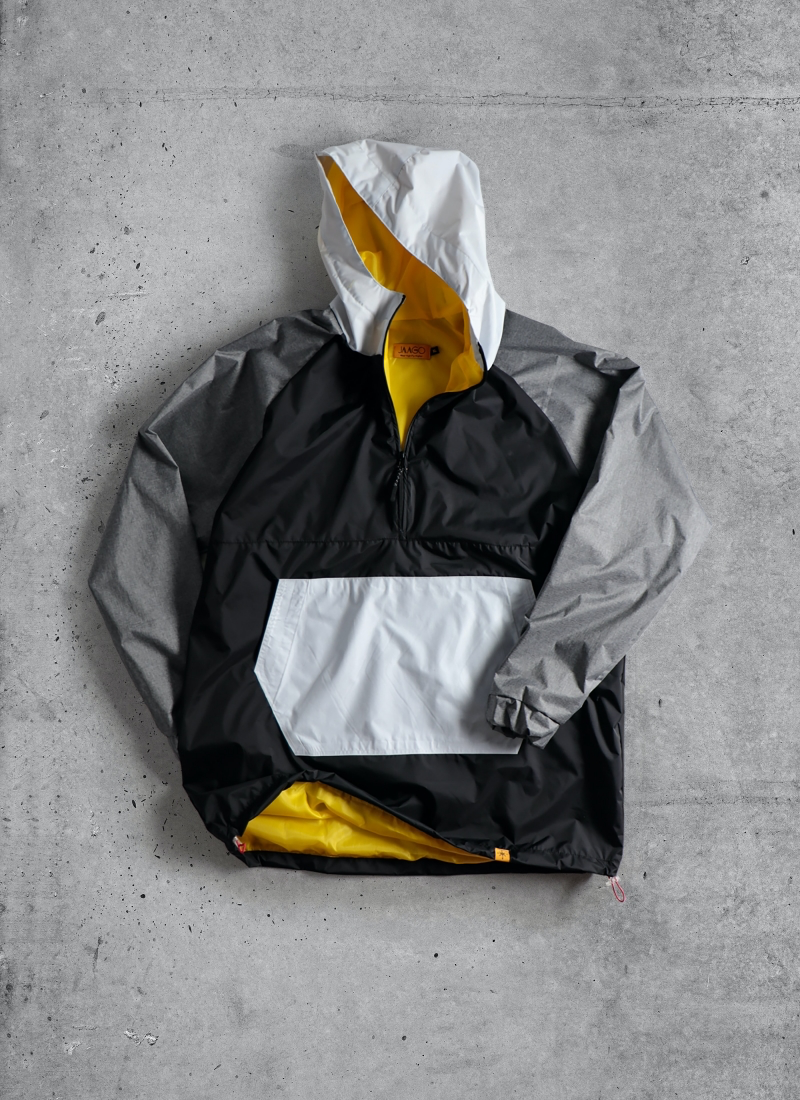
The solution is simple: a mesh laundry bag. But get a good one! Look for a bag with a fine, durable mesh and a zipper that has a little elastic cover for the pull tab. This keeps the zipper from snagging everything else in the wash. Don’t stuff the bag full—items need room to move and get clean.
A Final Cheat Sheet: When in Doubt…
Always, always read the care label first. But if you’re ever standing in front of your machine wondering what to do, here’s a quick reference:
- Instead of machine washing a blazer…
Try steaming it between wears, using a garment brush for dust, and spot-cleaning small spills. - Instead of machine washing running shoes…
Try hand-cleaning them with a brush, mild soap, and letting them air dry. - Instead of machine washing a cashmere sweater…
Try hand-washing it in cool water with a gentle detergent and laying it flat to dry. - Instead of machine washing a rubber-backed bath mat…
Try hosing it down outside or wiping it clean in the tub.
Honestly, a little extra time spent hand washing or a trip to a trusted cleaner is a small price to pay to protect the clothes you love. It’s almost always cheaper than buying a replacement or paying for a machine repair!
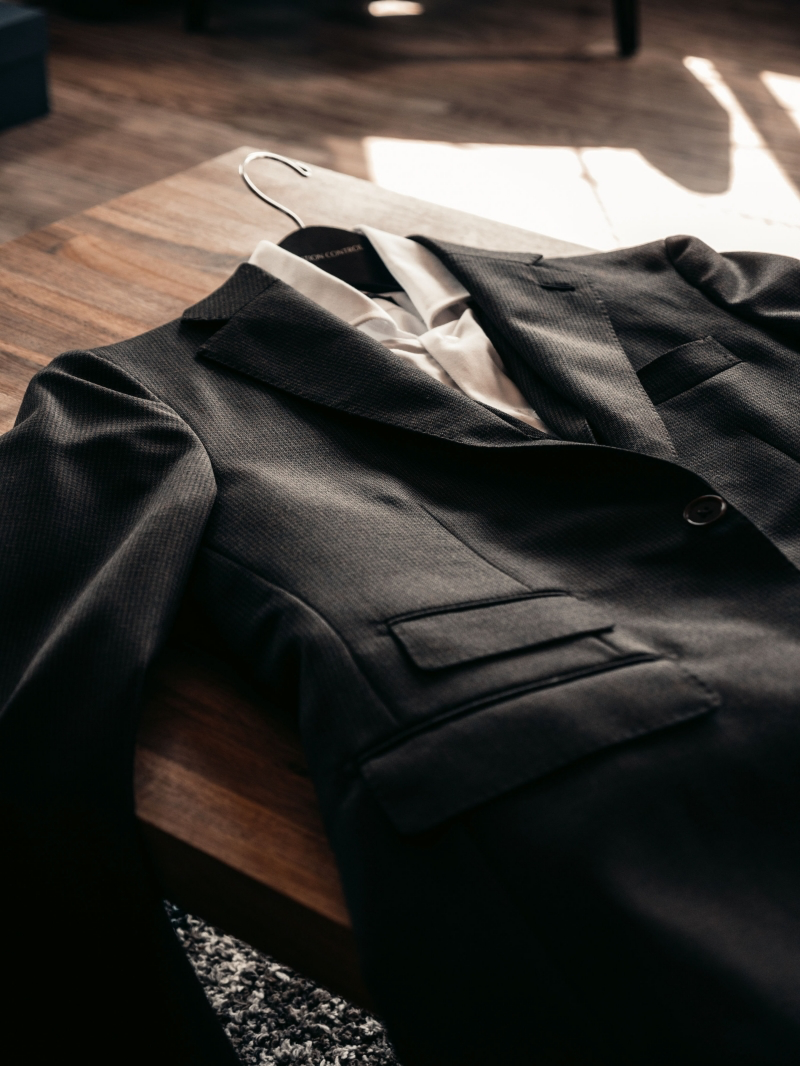
Inspiration:


So, what’s the alternative for those precious ‘do not wash’ items? Hand-washing isn’t the chore it seems if you do it right. The key is gentle handling and the right soap.
- Fill a clean sink or basin with cool or lukewarm water.
- Add a small amount of a pH-neutral detergent designed for delicates, like Woolite Delicates or The Laundress’s Delicate Wash.
- Submerge the garment, gently swishing it for a few minutes. Avoid harsh rubbing or twisting.
- Rinse thoroughly with cool water and gently squeeze out the excess—never wring!
Do mesh laundry bags make it safe to wash delicate items?
Yes and no. A mesh bag is brilliant for preventing snags on items with hooks (like bras) or keeping small things like baby socks together. However, it offers zero protection from the intense force of the spin cycle or the effects of hot water. It won’t save a structured garment or prevent a delicate silk from being crushed. Think of it as a snag-protector, not a suit of armor.










